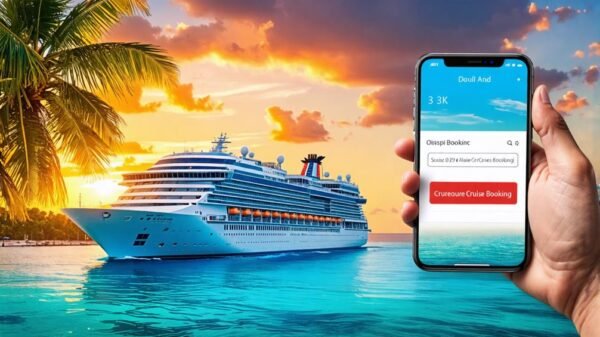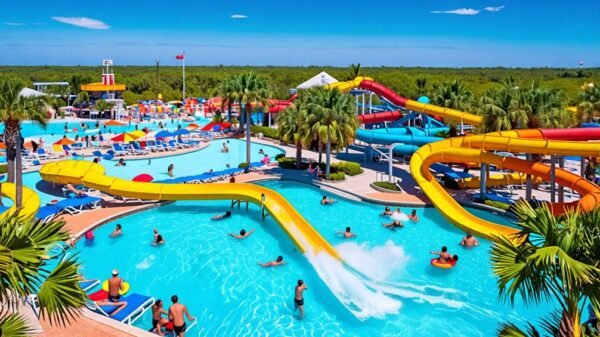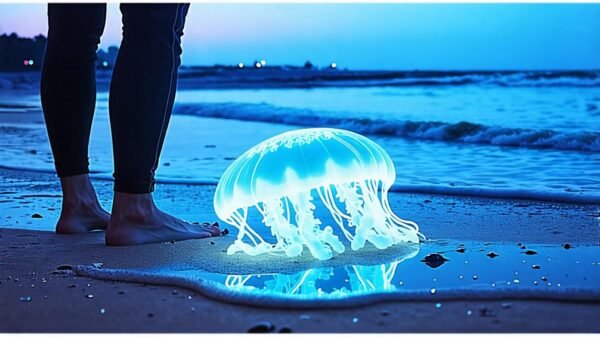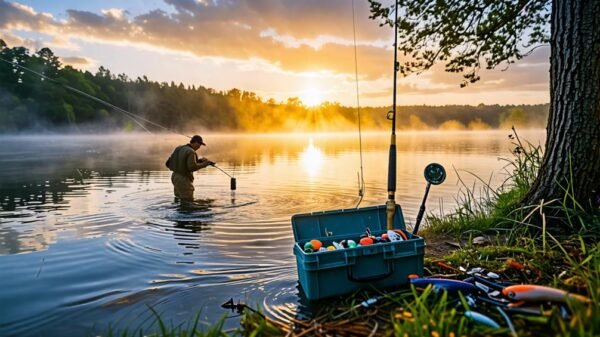Understanding Reality in Reality TV: The Case of "Deadliest Catch"
"Deadliest Catch" has captivated audiences with its portrayal of the intense world of commercial crabbing in the treacherous waters off Alaska’s coast. While many view the show as a documentary focused on the dangers of this profession, questions often arise regarding how much of it is scripted or staged. Let’s dig into the intriguing blend of reality and dramatization found in this iconic series.
The Perils of Commercial Crabbing
Crabbing is not for the faint of heart. The show takes viewers on a ride through the perilous life of fishermen who face extreme weather, rough seas, and heavy equipment. The crew operates under tremendous pressure, all while navigating the unpredictable moods of the ocean. It’s a job that demands both physical strength and mental resilience, making it one of the most dangerous professions in the world.
However, the producers of "Deadliest Catch" understand that constant danger might not make for thrilling television. Consequently, certain elements are edited or rearranged to create a more gripping narrative. While the events depicted may be real, the way they are presented can often enhance the excitement.
Reality or Scripted Drama?
Despite its classification as a reality show, viewers have wondered how "Deadliest Catch" can balance authentic events with the entertainment value expected from television. Discovery Channel has flatly denied using any re-enactments; however, the editing process can create a perception that sometimes overshadows the actual events.
For instance, the show frequently condenses timelines and omits mundane activities, making it appear as if the crews are constantly battling against harsh conditions without respite. Additionally, certain dramatic moments may be heightened or shown out of order to maintain viewer interest. The details, while grounded in reality, might be rearranged to fit a compelling storyline.
The Art of Filming in Challenging Conditions
Filming a documentary in the middle of harsh weather presents undeniable challenges. Equipment can malfunction during storms, resulting in the loss of critical footage. In these cases, the production team often asks crew members to recreate or describe scenes after the fact, blending actual footage with retellings. This method, while not uncommon in documentary filmmaking, can blur the lines between fact and fiction.
Captains and crew have weighed in on this practice, noting that many calmer, less dramatic days at sea are often left on the cutting room floor to maintain a high level of tension for viewers. Sig Hansen, a prominent captain on the show, acknowledged that while the footage captured is genuine, not every day showcases the perilous nature of crabbing. Instead, the audience witnesses a curated experience of the harsh realities of fishing.
Dramatization in Storytelling
At times, incidents are combined or rearranged in post-production to create a more intense narrative. An infamous example from Season 4 involved the fishing vessel "The Wizard," which suffered a leak during a storm. The dramatic retelling of how the leak occurred was edited for continuity, leading viewers to believe the wave caused the leak when, in reality, the two events were separate incidents. This blending of events can intensify the drama but leaves questions about the authenticity of what audiences are watching.
The Reality Beyond the Screen
While aspects of "Deadliest Catch" may be dramatized, the underlying dangers of commercial fishing are very real. The crabbing industry is fraught with risks, and the show sheds light on the hard work and tenacity of those involved. Many crew members maintain that while certain moments are heightened for entertainment, the essence of their experiences remains an honest portrayal of their lives and livelihood.
Mandy Hansen, daughter of Captain Sig Hansen, summarized the dissonance between perception and reality when she remarked how critical their work is, with or without cameras. Her insights reflect the genuine commitment and dedication that crews bring to their roles, underscoring that their jobs are as important as they are dangerous.
In wrapping up our look at "Deadliest Catch," it’s clear that what viewers see on screen is a mix of real-life drama and strategic storytelling. The balancing act between authenticity and entertainment makes "Deadliest Catch" a unique viewing experience, revealing the heart of those who brave the ocean for a living. Whether it’s the adrenaline of a storm or the tranquility of calmer days, the stories of these fishermen resonate deeply with audiences, highlighting the stark realities behind their heroic pursuits.





































